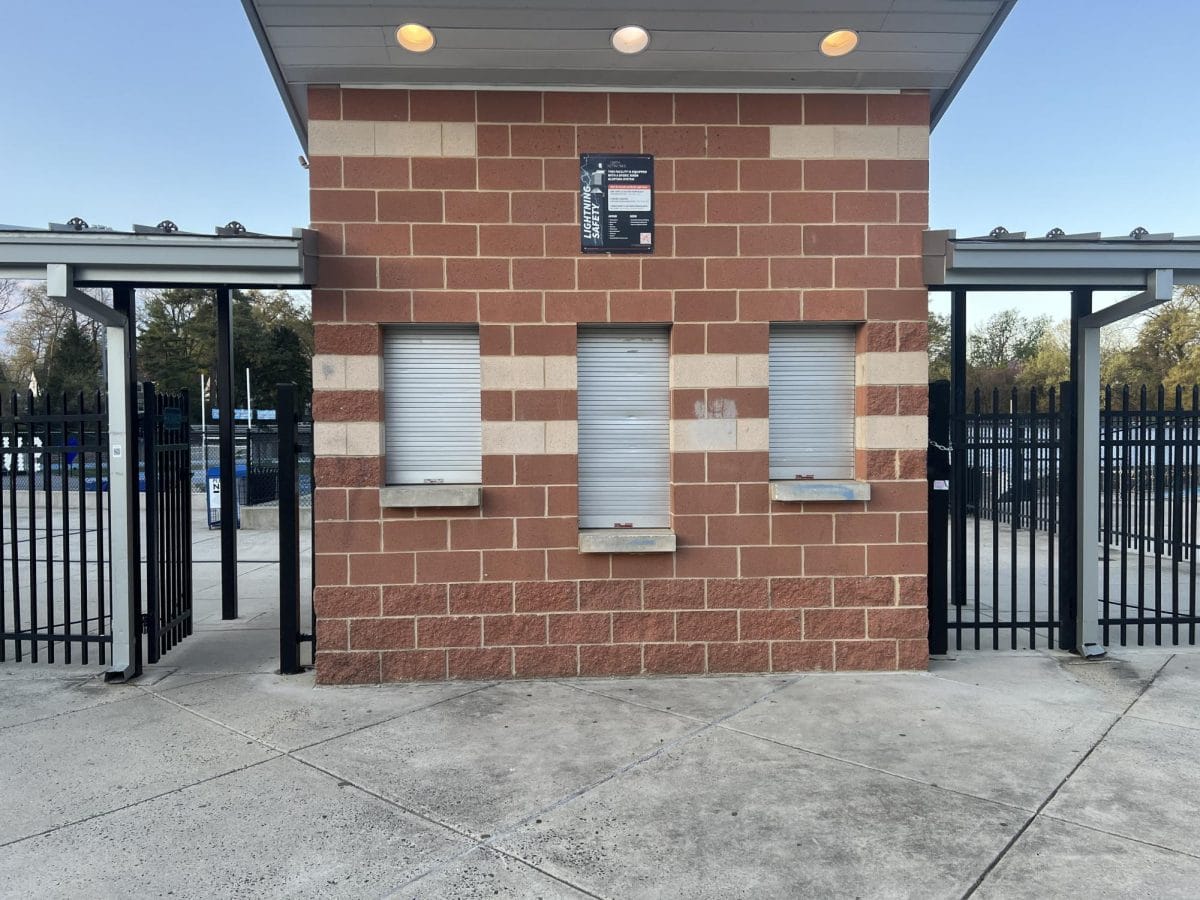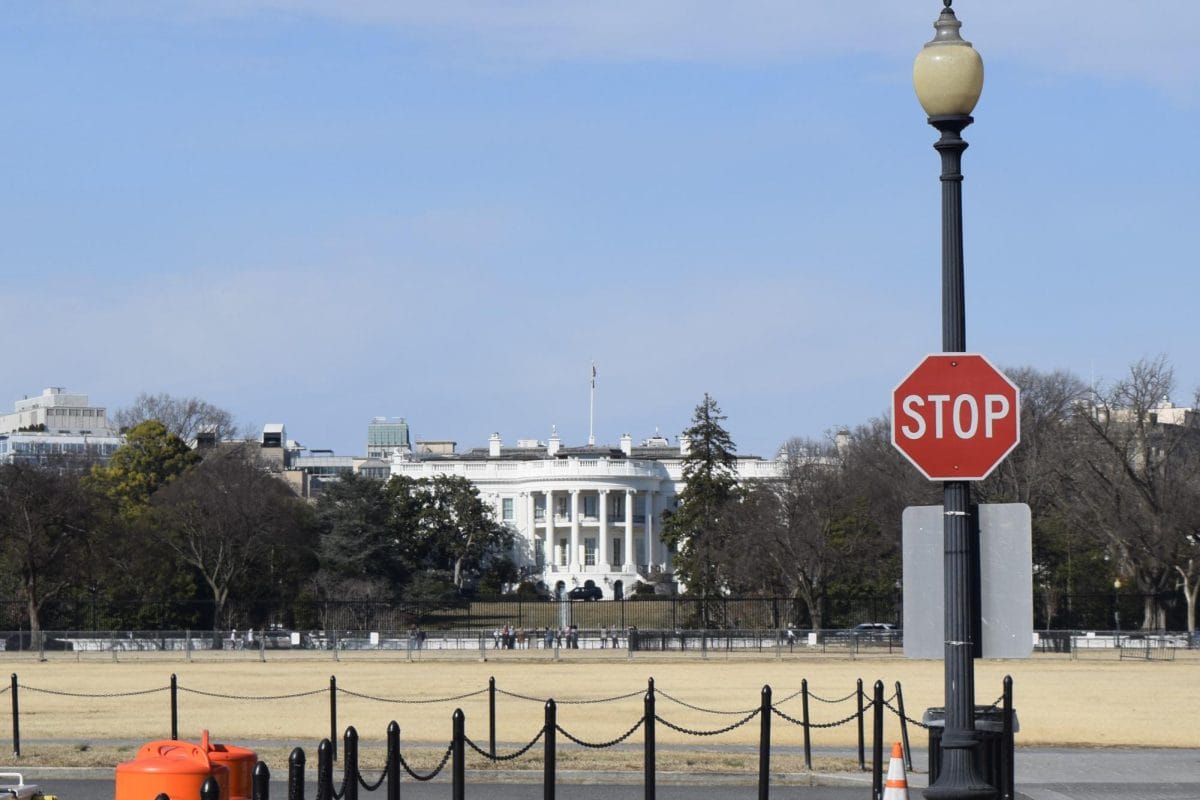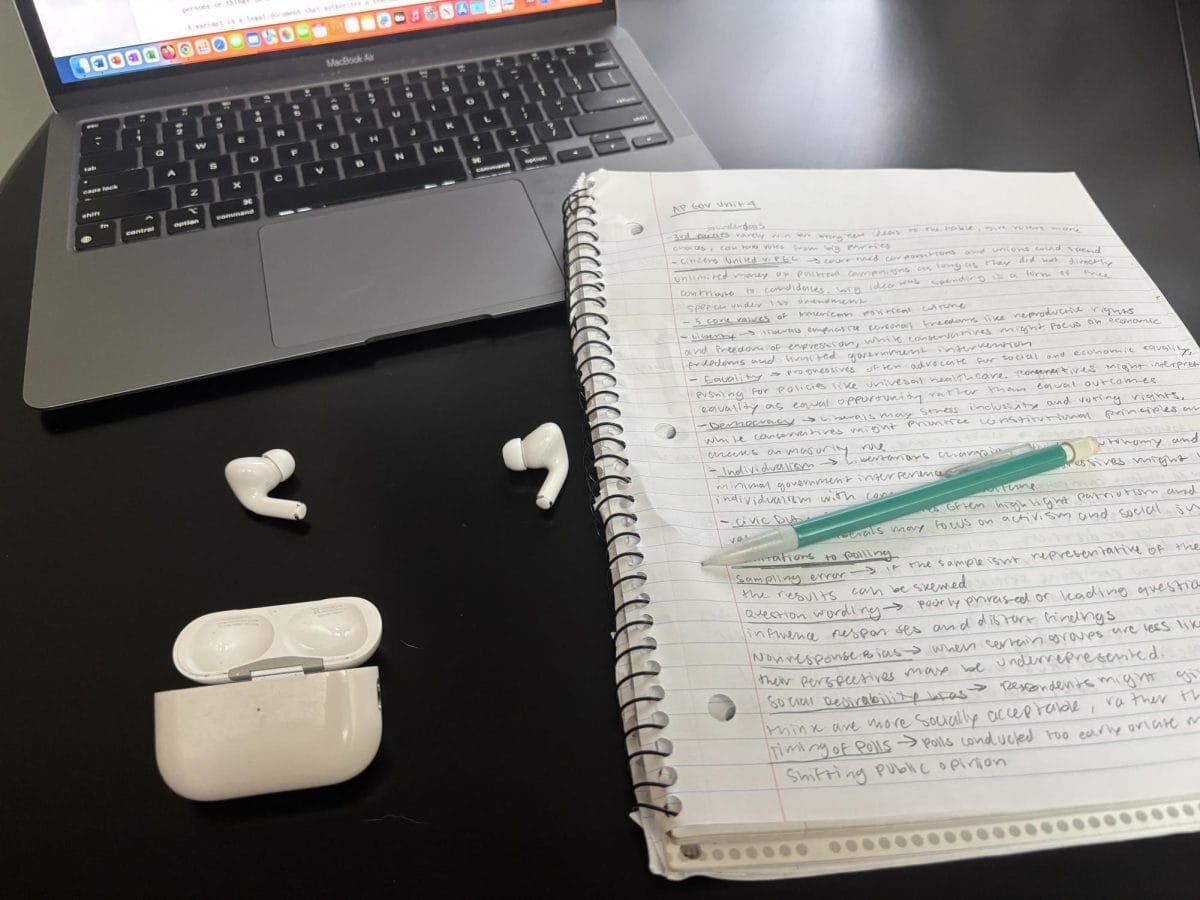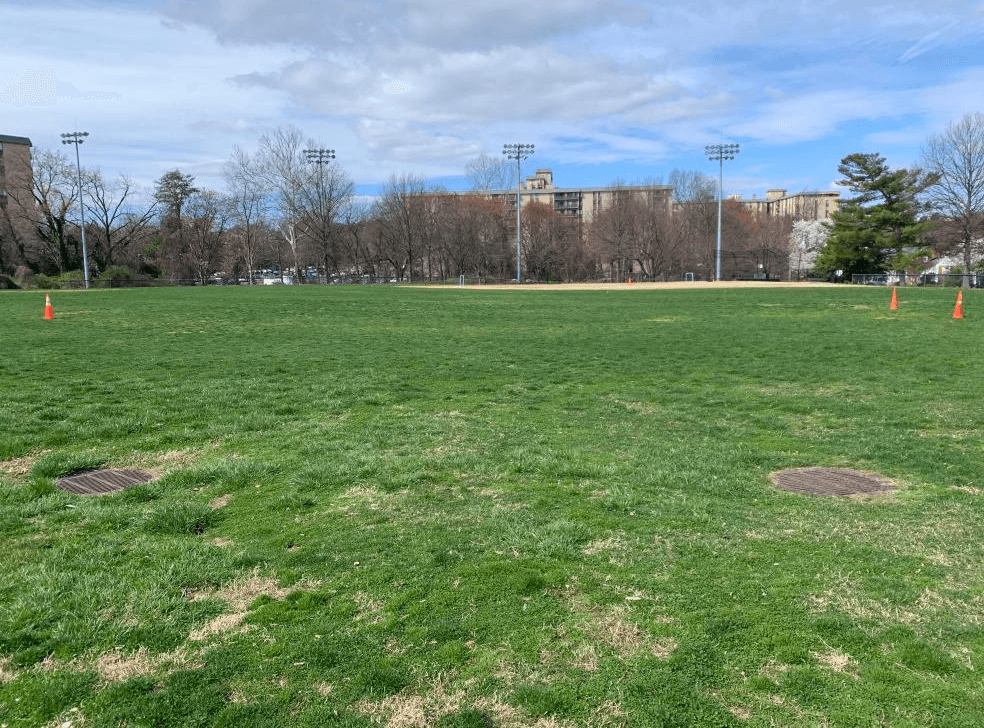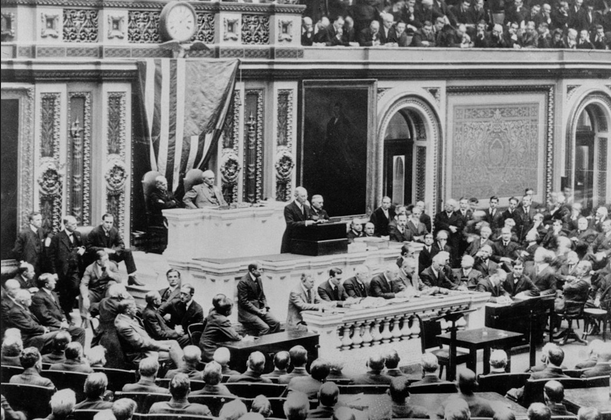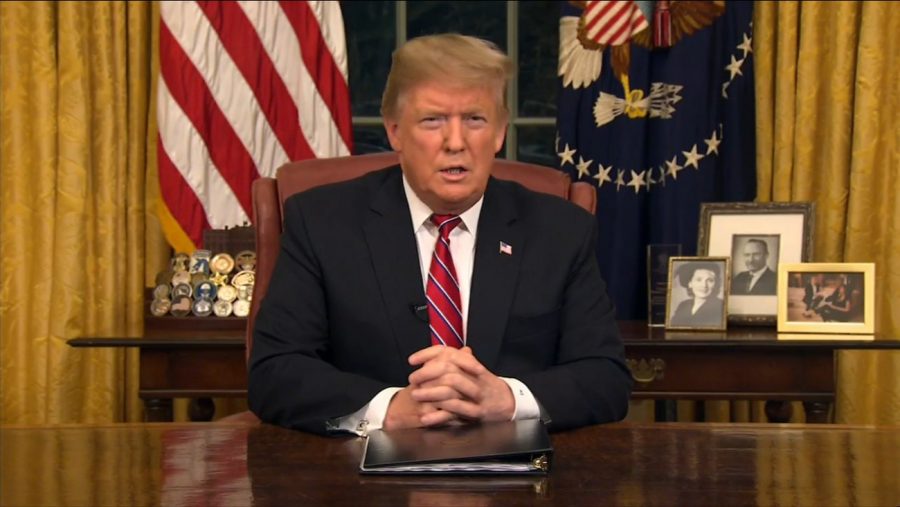President Woodrow Wilson is known for guiding the United States through World War I and for his 14-Point Plan, yet one aspect of his presidency is commonly overlooked. Wilson’s relationship with the press was equally groundbreaking and accidental, accounting for much of his success as commander-in-chief.
Throughout Wilson’s presidency, he wanted to censor and keep the press at arms length. He did this by passing the 1918 Sedition Act, an amendment to the Espionage Act, making it illegal and punishable to “utter, print, write or publish any disloyal, profane…or abusive language” in the context of the U.S. government. Under this act, people overseas could also not publicly state their opposition to the actions that the United States took while.
The purpose of the amendment was to keep appearances of a united front and stability of American policy to foreign countries. Wilson thought that if disagreement within the nation was shown in such tension filled times, it could lead to another country gaining an advantage against the US. While foreign reputation was important, this act also stopped the spread of negative ideas throughout the country, thus making an uprising of ideas against government action from the people a more difficult task. Wilson did not want to limit the people’s right to comment on the government, but he also did not want any information to get out that could affect the security of the nation. He had to find a delicate balance in order to achieve this.
Although Wilson censored sections of the press, an accidental action led to new transparency in the relationship between the President and the press. Wilson’s secretary had invited reporters to the White House and had told Wilson that he would meet with each of the reporters one-on-one and talk for a small amount of time. However, when it came time to meet with the press, Wilson found himself surrounded by 125 reporters. Due to the large amount of reporters that showed up, Wilson was forced to speak to all of them at one time, instead of one of them at a time like he had originally planned. This became a staple of Wilson’s presidency and the tradition of the presidential press conference continues today.
This meeting proved how much Wilson wanted to be liked by the press, but also how much he wanted them to know he favored them. In order to relay to the press the relationship he wished to have with them, he held a second press conference one week later which 128 reporters attended. Wilson continued to do this and build meaningful relationships with the media.
The presidential press conference created a new openness in the press, but it spurred from the same ideals that led to the censorship of the press: the idea that the majority of information available to the people must be supportive of the US government. Government messages now could come directly from the White House and “radical” or nuanced information would be suppressed. This reinforced a sense of solidarity across the country.
The press helped Wilson’s presidency immensely, contrary to his dislike of the “commercial” aspect of the press, especially when it came to policymaking. He followed in the footsteps of Abraham Lincoln in recognizing what the public desired and felt, and then translated this into policy. This tactic of using the president-press relationship to connect American people with government ideas and policies has continued to be an important part of modern presidencies.



















